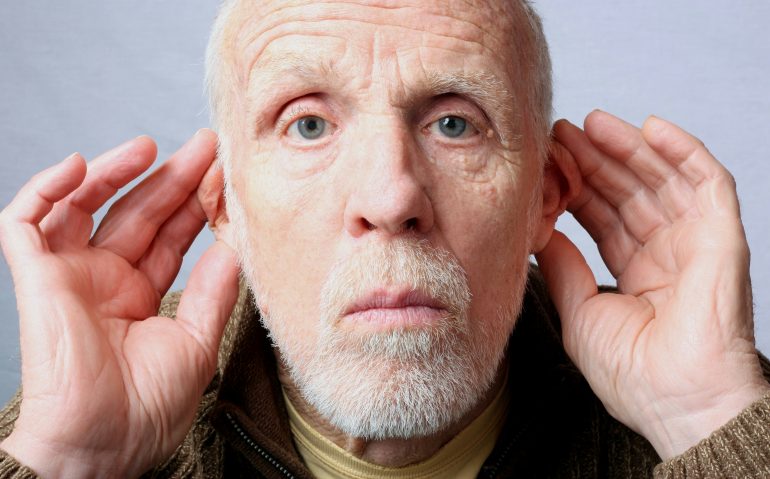Imagine a world where the sound of laughter, birds chirping, and music is gradually replaced by silence. This is the reality for individuals suffering from industrial deafness, a condition often caused by prolonged exposure to loud noises in the workplace.
Understanding Industrial Deafness
Industrial deafness, also known as noise-induced hearing loss (NIHL), occurs when the delicate hair cells in the inner ear are damaged by exposure to loud noises over an extended period. Industries such as construction, manufacturing, and mining are common environments where workers are at risk due to high levels of noise from machinery and equipment. A lot of industrial deafness claims are made due to employers not taking the required steps to protect workers’ hearing.
The Impact on Quality of Life
Communication Challenges
- Difficulty understanding speech, especially in noisy environments.
- Strained relationships due to misunderstandings and miscommunication.
Emotional Impact
- Feelings of isolation and frustration from being unable to fully engage in conversations.
- Depression and anxiety may develop as individuals struggle to cope with the loss of hearing.
Decreased Independence
- Reliance on others for assistance with everyday tasks.
- Limitations in social activities and hobbies due to communication barriers.
Safety Concerns
- Inability to hear warning signals or approaching vehicles, increasing the risk of accidents.
- Heightened stress levels from feeling vulnerable in hazardous environments.
Coping Strategies
- Utilizing Assistive Devices
Hearing aids and cochlear implants can improve hearing and enhance communication abilities. Smartphone apps with speech-to-text functionality help in understanding conversations. - Developing Communication Skills
Learning lip-reading techniques and using visual cues to supplement auditory information. Educating friends, family, and coworkers about effective communication strategies. - Seeking Emotional Support
Joining support groups for individuals with hearing loss to share experiences and receive encouragement. Counseling or therapy sessions to address emotional distress and develop coping mechanisms. - Adopting Lifestyle Changes
Minimizing exposure to loud noises by wearing ear protection and taking regular breaks from noisy environments. Exploring alternative hobbies and recreational activities that are less dependent on hearing.
Support Systems
Workplace Accommodations
- Providing noise-reducing equipment and implementing hearing conservation programs.
- Offering flexible work arrangements and accommodations to support employees with hearing loss.
Community Resources
- Accessing government-funded services for hearing assessments, rehabilitation, and vocational training.
- Engaging with advocacy organizations and charities that offer assistance and guidance.
Educational Initiatives
- Raising awareness about the importance of hearing protection and early intervention.
- Incorporating hearing health education into school curricula to promote prevention and support.
Navigating Everyday Challenges
Living with industrial deafness presents a myriad of daily obstacles that can be overwhelming without proper strategies in place. Here are some practical tips for navigating common challenges –
Effective Communication Techniques
- Face the person directly and maintain eye contact to facilitate lip-reading and visual cues.
- Use clear and concise speech, avoiding mumbling or speaking too rapidly.
- Write down important information or use text messaging when verbal communication is difficult.
Advocating for Accessibility
- Request accommodations such as captioning services for meetings or events.
- Ensure that public spaces and transportation systems are equipped with assistive devices for individuals with hearing loss.
- Educate employers, educators, and service providers about the importance of accessibility and inclusion.
Managing Social Situations
- Choose quieter environments for social gatherings to minimize background noise.
- Advocate for inclusive activities that accommodate individuals with hearing loss, such as captioned movie screenings or subtitled theatre performances.
Maintaining Confidence and Self-Esteem
- Focus on strengths and abilities rather than limitations imposed by hearing loss.
- Surround yourself with supportive individuals who uplift and encourage you.
Looking Towards the Future
While living with industrial deafness can present numerous challenges, advancements in technology and increasing awareness of hearing health offer hope for a brighter future. Here are some developments to look forward to:
Innovations in Assistive Technology
Continued improvements in hearing aid and cochlear implant technology, such as smaller and more discreet devices with enhanced features. Development of wearable devices and smartphone apps that offer real-time captioning and speech recognition.
Research and Treatment Breakthroughs
Ongoing research into gene therapy and regenerative medicine holds promise for potential cures or interventions to repair damaged inner ear cells. Clinical trials exploring novel treatments for hearing loss, including gene editing techniques and stem cell therapy.
Advocacy and Policy Initiatives
Strengthening of workplace safety regulations and enforcement to prevent occupational hearing loss. Advocacy efforts to increase access to affordable hearing healthcare services and devices for all individuals.
Community Support and Empowerment
Expansion of support networks and resources for individuals with hearing loss, including online communities and peer mentorship programs. Empowerment initiatives aimed at promoting self-advocacy and amplifying the voices of individuals with hearing loss in decision-making processes.
Q&A
Q: Can industrial deafness be prevented?
A: Yes, by implementing proper hearing protection measures and adhering to workplace safety regulations, the risk of industrial deafness can be significantly reduced.
Q: Is industrial deafness reversible?
A: While there is no cure for industrial deafness, early intervention and management strategies such as hearing aids can help individuals better cope with their condition and improve their quality of life.
Conclusion
Industrial deafness is not just a physical ailment but also a profound challenge that affects every aspect of one’s life. By raising awareness, implementing preventive measures, and providing support systems, we can empower individuals with industrial deafness to lead fulfilling lives despite their hearing loss. Remember, empathy, understanding, and inclusivity are key in creating a supportive environment for those living with industrial deafness.





